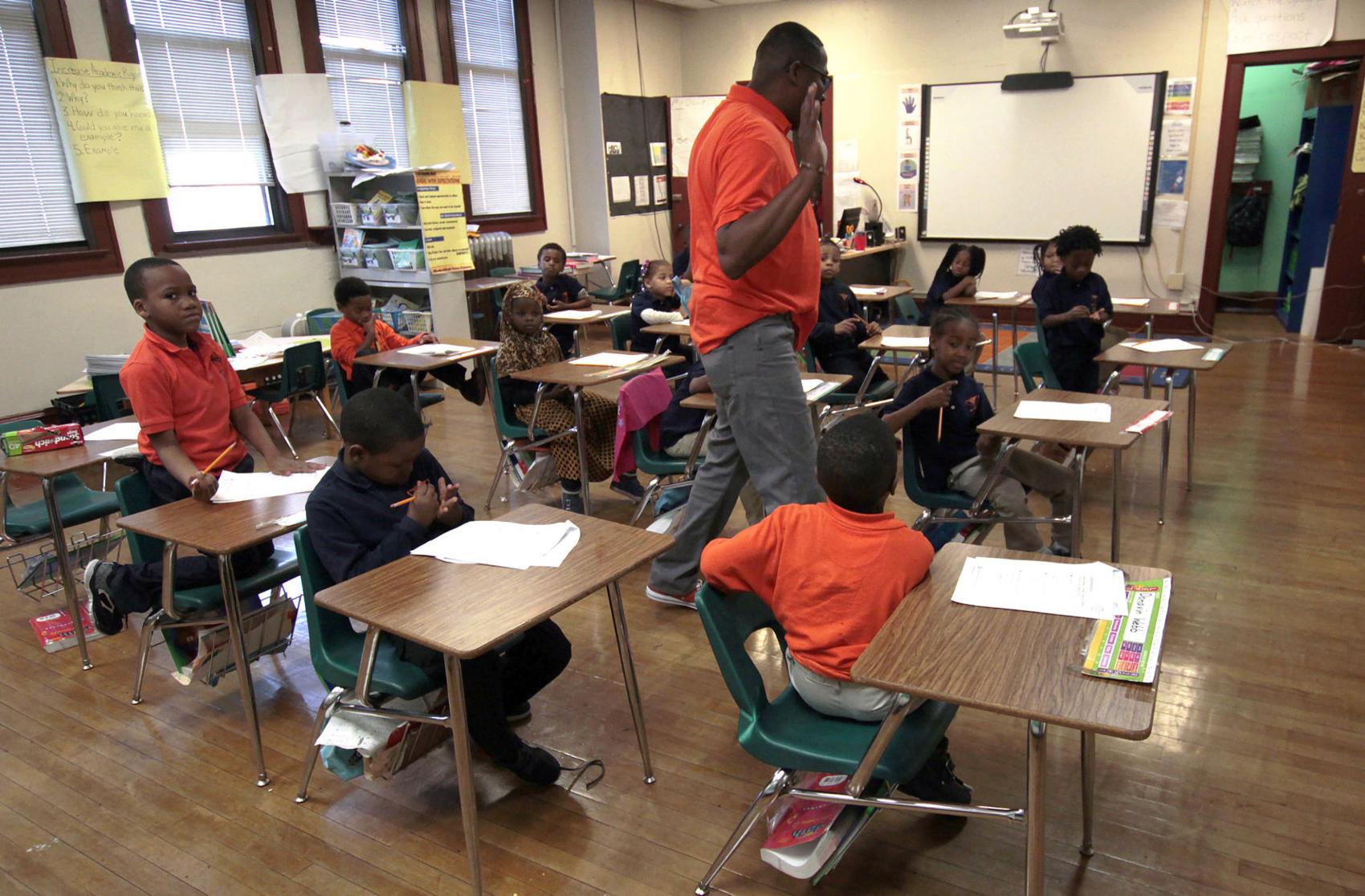The Center Square [By Bethany Blankley] – State laws have declined in their capacity to serve charter school students, according to a new report published by the Center for Education Reform (CER).
Since 1996, CER has researched, analyzed and ranked charter school laws in all 50 states and the District of Columbia. The report ranks state laws and policies impacting education, including authorizers, growth, operations and equity.
“The simple and original principle of charter schooling is that charter schools should receive enhanced operational autonomy in exchange for being held strictly accountable for the outcomes they promise to achieve,” the report states. “When charter school laws honor this principle, innovative, academically excellent charter schools flourish. In turn, schools that fail to produce strong outcomes close.”
Charter schools are as successful as their policy environments, CER notes.
“Some state laws and regulations encourage diversity and innovation in the charter sector by providing multiple authorizers to support charter schools and allowing charters real operational autonomy.”
Over-regulation, caps on the number of charter schools, and laws related to school autonomy or freedom to innovate hamper growth and equitable outcomes for students, CER has found in its analysis of laws implemented since the early 1990s.
Arizona was the only state to receive an A grade. In the top ten are the District of Columbia, Michigan, Minnesota, Florida, Indiana, Colorado, South Carolina, Texas and Utah.
Five states – Alaska, West Virginia, Virginia, Kansas and Iowa – received F grades.
New York and Massachusetts, which used to be in the top 10, declined; California dropped 15 spots.
Nine states received B’s, 18 received C’s, and 13 received D’s.
As of 2020, there are more than 7,300 charter schools in the U.S. that educate more than 3.3 million students. Nationwide, approximately 50.7 million students are enrolled in public schools and 5.7 million are enrolled in private schools.
“Since 1996, the rankings have been the only reliable national measure of the extent to which charter school laws do what they were intended to accomplish – foster the creation of diverse, independent public schools that provide a maximum number of families with options,” the organization states.
According to national surveys and research, charter schools, regardless of their size or scope, were more able to quickly adapt and continue educating students after COVID-19 shutdowns than traditional public schools were.


